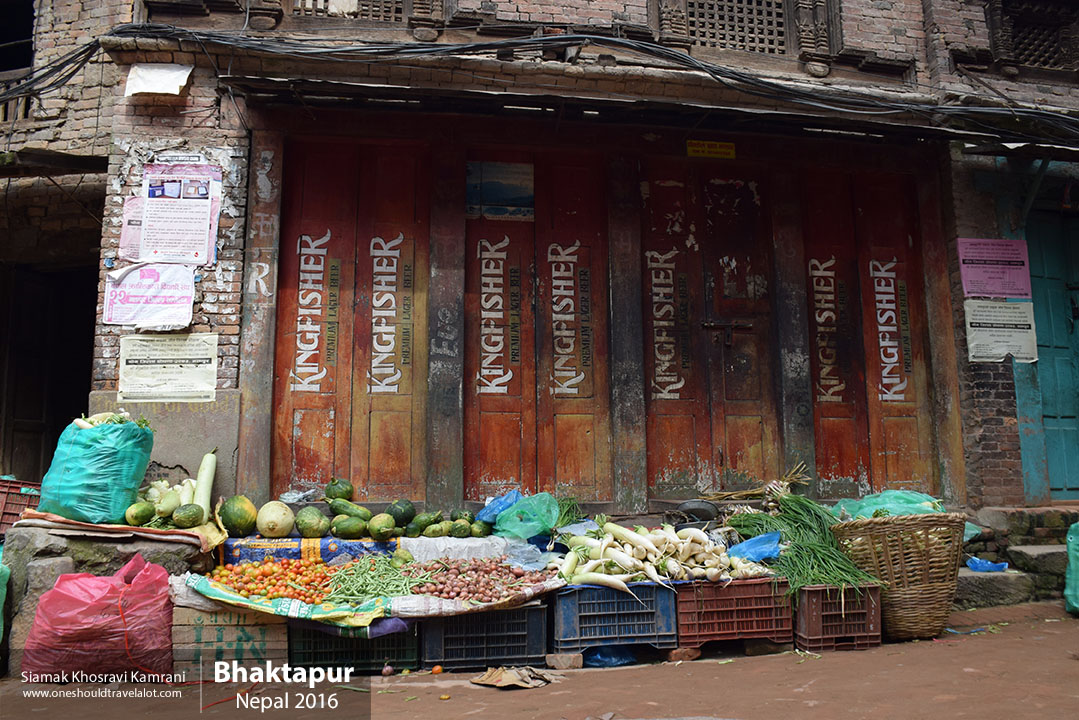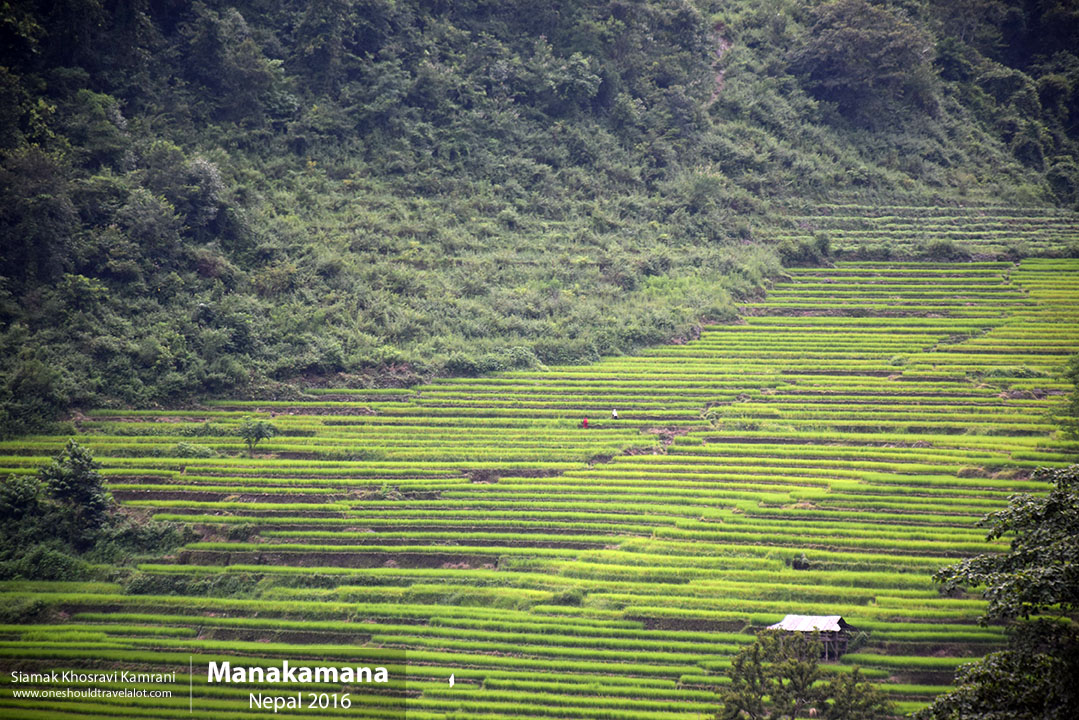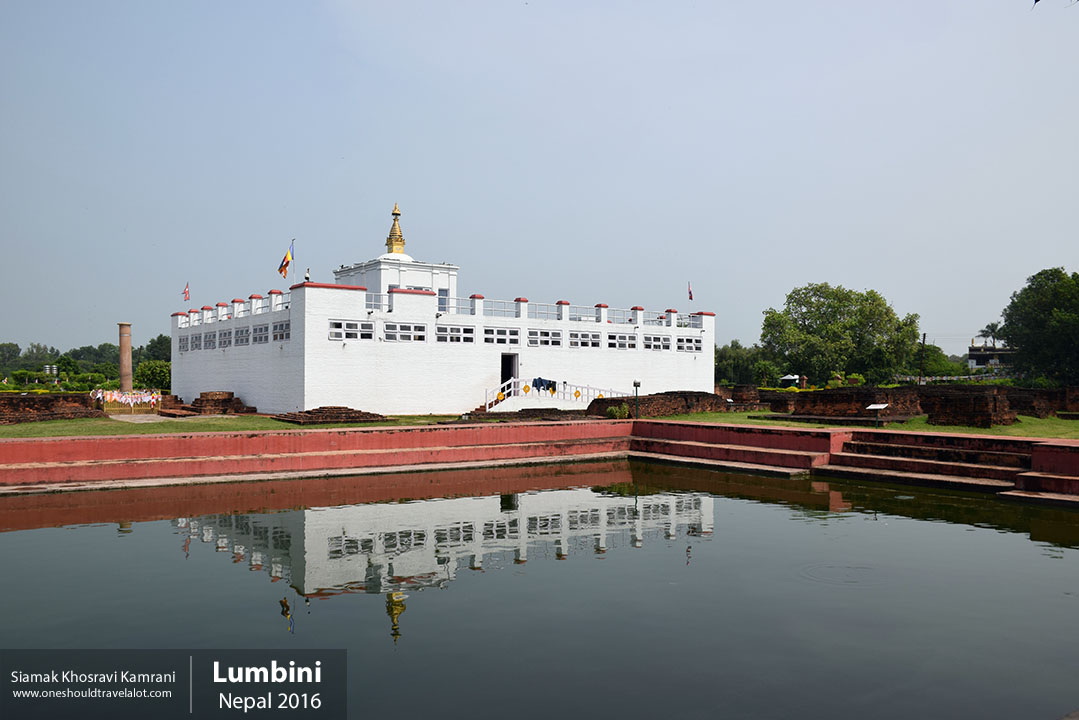Exploring Patan: A Photographer’s Journey
Patan
Nestled in the heart of the Kathmandu Valley, Patan, also known as Lalitpur, is one of Nepal’s most enchanting cities. Renowned for its rich history, cultural heritage, and intricate architecture, Patan is a treasure trove for photographers and travelers alike. Join me as I, a young photographer with a passion for capturing the essence of the world’s cities, explore the wonders of Patan, immersing myself in its vibrant culture, diverse traditions, and stunning landscapes.
First Impressions of Patan
As I stepped off the bus in Patan, the first thing that struck me was the city’s timeless charm. The narrow, cobbled streets lined with centuries-old buildings and bustling markets create a sense of stepping back in time. The scent of incense and street food fills the air, mingling with the sounds of vendors calling out their wares and the soft hum of everyday life. The atmosphere is both tranquil and bustling, a perfect blend of old and new.
The Heartbeat of Patan: Durbar Square
My journey began in the heart of the city: Durbar Square. This UNESCO World Heritage Site is a photographer’s paradise, with its array of temples, statues, and palaces. The intricate wood carvings and stunning architecture reflect the city’s artistic heritage. The sun was just beginning to rise, casting a golden glow over the ancient structures, making it an ideal time to capture the serene beauty of the square.
As I wandered through the square, my camera in hand, I was captivated by the Krishna Mandir, a masterpiece of stone architecture. The temple’s detailed carvings and the devotion of the locals performing their morning rituals offered a glimpse into the spiritual life of Patan. The nearby Hiranya Varna Mahavihar, or the Golden Temple, with its shimmering golden facade, added a touch of opulence to the scene.
Embracing the Local Culture
Patan is a city where culture and tradition are deeply intertwined with daily life. The Newar people, the indigenous inhabitants of the Kathmandu Valley, are the primary ethnic group here. Their rich traditions, festivals, and crafts are an integral part of the city’s identity.
I had the opportunity to visit a local Newar family, who welcomed me with warm smiles and open arms. Over a cup of butter tea, they shared stories of their heritage and traditions. I learned about the intricate process of creating Paubha paintings, a traditional Newar art form depicting Buddhist and Hindu deities. The vibrant colors and meticulous details of these paintings are a testament to the artisans’ skill and dedication.
The Art of Metalwork
Patan is renowned for its metalwork, particularly the crafting of statues and religious artifacts. I visited a workshop where skilled artisans were busy hammering away at sheets of copper and bronze, transforming them into intricate statues of deities. The rhythmic sound of hammering filled the air as I watched these masters at work, their hands moving with precision and care.
One artisan, an elderly man with a weathered face, explained the significance of their work. Each statue, he said, is not just a piece of art but a manifestation of their faith and devotion. Photographing these artisans and their creations was a humbling experience, capturing the essence of a tradition that has been passed down through generations.
Culinary Delights of Patan
No journey is complete without indulging in the local cuisine, and Patan offers a delightful array of flavors. The streets are lined with vendors selling everything from momos (dumplings) to samosas and lassi. I couldn’t resist trying some local delicacies at a bustling market.
I found myself drawn to a small eatery where a woman was expertly frying Sel Roti, a traditional Nepali rice bread. She handed me a warm, crispy piece, and the first bite was a revelation. The sweetness of the rice, combined with the crisp texture, was simply delicious. I also tried Chatamari, often referred to as the Nepali pizza, topped with minced meat, eggs, and vegetables. Each bite was a burst of flavors, showcasing the culinary diversity of Patan.
Festivals and Celebrations
Patan is a city that loves to celebrate, and its festivals are a vibrant display of its cultural heritage. During my visit, I was fortunate to witness the Rato Machindranath Jatra, one of the most significant festivals in Patan. This festival, dedicated to the rain god Rato Machindranath, involves a grand procession where a towering chariot carrying the deity is pulled through the streets by devotees.
The energy and enthusiasm of the participants were infectious. Dressed in traditional attire, they sang, danced, and chanted, creating a lively and joyous atmosphere. The sight of the beautifully decorated chariot, with its intricate wood carvings and colorful banners, was a feast for the eyes. Capturing the spirit of this festival through my lens was an exhilarating experience, each photograph telling a story of faith and community.
Exploring the Hidden Gems
While Durbar Square is undoubtedly the highlight of Patan, the city is also home to numerous hidden gems waiting to be discovered. One such place is the Kumbheshwar Temple, a five-story pagoda-style temple dedicated to Lord Shiva. The temple’s serene surroundings and the devotion of the worshippers create a peaceful ambiance, perfect for reflection and photography.
Another hidden gem is the Patan Museum, housed in a former royal palace. The museum’s collection of religious art and artifacts provides a deep insight into the history and culture of the Kathmandu Valley. The beautifully restored courtyards and gardens offer a tranquil escape from the hustle and bustle of the city.
The Spirit of Patan
As my journey in Patan drew to a close, I reflected on the experiences and memories I had gathered. Patan is not just a city of ancient temples and beautiful art; it is a living, breathing entity with a soul. The warmth and hospitality of its people, their dedication to preserving their traditions, and the seamless blend of history and modernity create a unique and captivating atmosphere.



